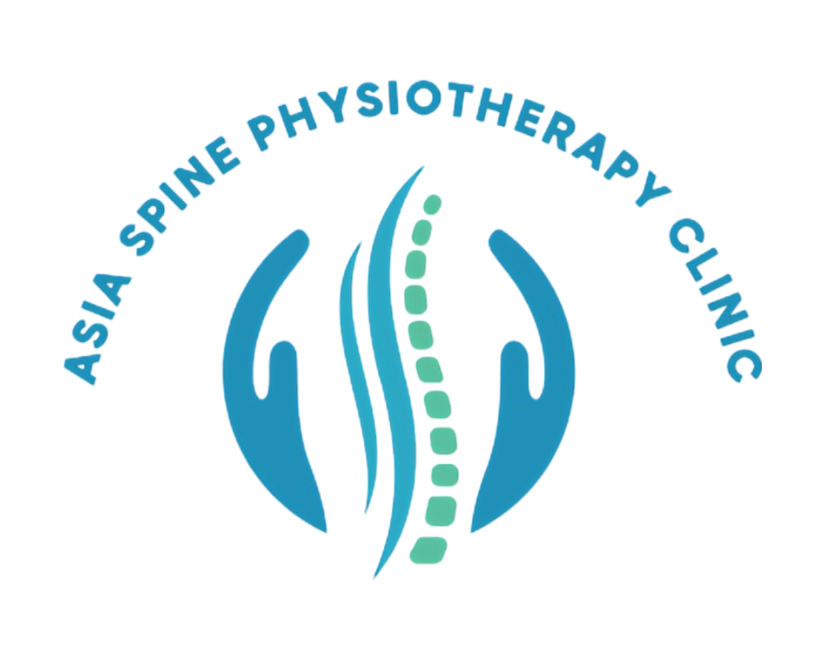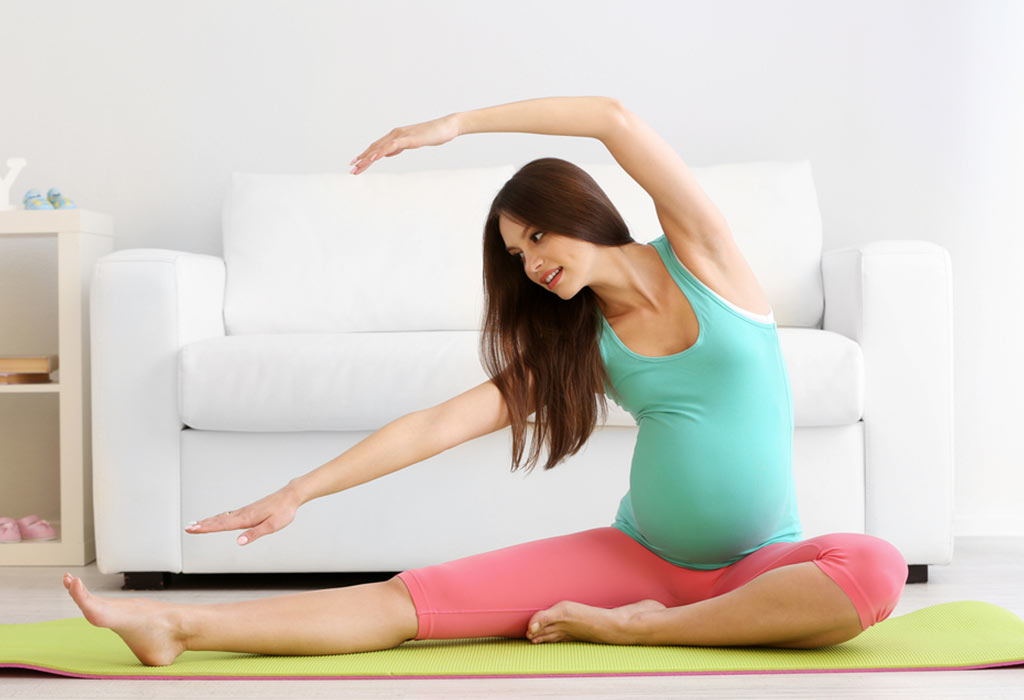+918048034108

This is your website preview.
Currently it only shows your basic business info. Start adding relevant business details such as description, images and products or services to gain your customers attention by using Boost 360 android app / iOS App / web portal.
Description
Gynecology Physiotherapy Rehabilitation is a specialized field of physical therapy that focuses on addressing the unique health needs of women, particularly related to the pelvic floor, pregnancy, post-natal care, and other gynecological issues. Gynecology physiotherapy helps women manage and recover from conditions that affect the pelvic region, reproductive organs, and related musculoskeletal systems. It plays a vital role in restoring function, improving quality of life, and managing discomfort associated with various gynecological and obstetric conditions. This form of physiotherapy is beneficial for women of all ages, from adolescence to post-menopause, and can address both acute and chronic issues related to the pelvic floor, pelvic pain, incontinence, and more. Key Goals of Gynecology Physiotherapy Rehabilitation: Pelvic Floor Rehabilitation: Strengthen and restore the function of the pelvic floor muscles, which support the bladder, uterus, and rectum. Incontinence Management: Treat and manage conditions like urinary incontinence and fecal incontinence. Postpartum Recovery: Aid in recovery after childbirth, addressing issues like pelvic pain, diastasis recti (separation of abdominal muscles), and perineal trauma. Pain Relief: Alleviate pelvic pain, menstrual pain, and other discomforts related to gynecological conditions. Improved Mobility and Function: Restore normal function and movement, particularly related to daily activities, sexual health, and exercise. Prevention: Prevent future complications and promote optimal pelvic health through education, posture correction, and exercise programs. Common Conditions Treated in Gynecology Physiotherapy Rehabilitation: Pelvic Floor Dysfunction: Urinary Incontinence: Involuntary leakage of urine, often seen in women post-pregnancy or during menopause. Fecal Incontinence: Inability to control bowel movements. Pelvic Organ Prolapse: A condition where the bladder, uterus, or rectum drops from its normal position, often due to weakened pelvic floor muscles. Chronic Pelvic Pain: Pain in the pelvic region that may be caused by conditions like endometriosis, interstitial cystitis, or adhesions. Postpartum Recovery: Perineal Trauma: Injury to the perineum during childbirth, which may require rehabilitation to restore normal function and reduce scarring. Diastasis Recti: Separation of the abdominal muscles during pregnancy, which can lead to weakness and poor posture. Pelvic Pain: Pain in the pelvic region after childbirth, which may be caused by muscle imbalances, scarring, or joint instability. Menstrual and Hormonal Disorders: Dysmenorrhea: Painful menstruation, which can be alleviated through pelvic floor exercises, relaxation techniques, and postural adjustments. Endometriosis: A condition where tissue similar to the lining of the uterus grows outside it, causing pelvic pain. Physiotherapy can help reduce pain and improve function. PCOS (Polycystic Ovary Syndrome): While primarily a hormonal disorder, physiotherapy can be part of a comprehensive treatment plan to address pelvic pain or musculoskeletal issues related to PCOS. Pre-pregnancy and Pregnancy Care: Pre-natal Physiotherapy: Helping women prepare for pregnancy by improving pelvic health, posture, and managing musculoskeletal discomfort. Pregnancy-Related Pain: Treating lower back pain, hip pain, pelvic girdle pain, and sciatica, which are common during pregnancy due to changes in posture, weight, and hormone levels. Menopausal Health: Pelvic Floor Health: Managing pelvic floor changes and incontinence issues that can arise due to hormonal shifts during menopause. Sexual Health: Addressing pelvic pain, vaginal dryness, and other sexual health issues related to menopause. Osteoporosis: Physiotherapy to prevent and manage bone loss and fractures, particularly related to pelvic and spinal health. Sexual Health: Dyspareunia: Pain during intercourse, which can be caused by pelvic floor dysfunction, vaginismus, or post-surgical scarring. Physiotherapists may work on pelvic relaxation and strengthening exercises to help alleviate this issue. Vaginismus: A condition where there is involuntary muscle tightness or spasm of the pelvic floor muscles during attempted penetration. Key Components of Gynecology Physiotherapy Rehabilitation: Pelvic Floor Exercises: Kegel Exercises: Strengthening exercises to improve the tone and function of the pelvic floor muscles, often prescribed for urinary incontinence and prolapse. Pelvic Floor Muscle Relaxation: Techniques to help release tension in the pelvic floor muscles, which is crucial for conditions like pelvic pain, vaginismus, or overactive pelvic floor muscles. Biofeedback and Electrical Stimulation: These tools can be used to help patients gain awareness of their pelvic floor muscles and improve muscle function. Postural Training and Alignment: Postural corrections are important for addressing musculoskeletal pain, particularly during pregnancy, post-pregnancy, or during menopause. Physiotherapists provide strategies to improve posture, alignment, and core stability, which helps reduce pain and prevent further injury. Abdominal and Core Rehabilitation: Diastasis Recti: Rehabilitation exercises to address the separation of abdominal muscles after pregnancy. Core Strengthening: Focus on strengthening the core muscles to improve stability, posture, and reduce pelvic and back pain. Manual Therapy: Soft Tissue Mobilization: Massage techniques to alleviate muscle tightness, reduce pain, and improve flexibility, particularly in the pelvic and lower back areas. Joint Mobilization: Techniques to improve the mobility of the pelvis and spine, addressing pain and stiffness. Education and Self-management: Breathing Techniques: Teaching proper diaphragmatic breathing to reduce tension in the pelvic floor and abdomen. Lifestyle and Ergonomics: Guidance on daily activities, posture, exercise, and ergonomics to prevent pelvic strain, improve comfort, and optimize recovery. Incontinence Management: Tips on bladder and bowel health, fluid intake, and behavior modification strategies for managing incontinence. Pain Management: Physiotherapists use various techniques to manage pelvic and abdominal pain, including manual therapy, heat and cold therapy, electrotherapy, and relaxation techniques. Pregnancy and Postpartum Support: Pregnancy-Specific Exercises: Exercises to manage musculoskeletal pain during pregnancy, including pelvic girdle pain, back pain, and sciatica. Postpartum Recovery: Rehabilitation after childbirth, including pelvic floor muscle recovery, abdominal strengthening, and returning to physical activity safely.


